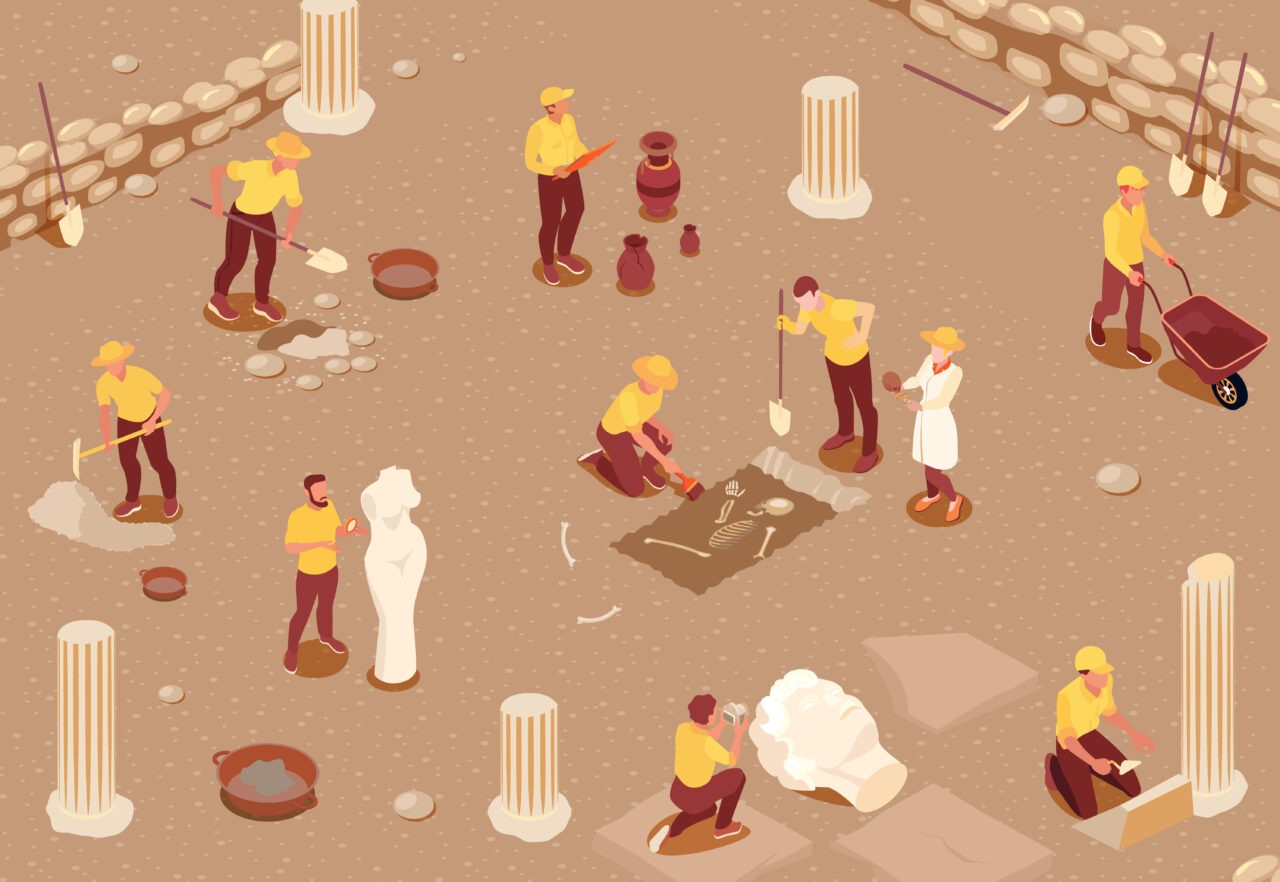
The president of the American Museum of Natural History in New York, Sean Decatur, the first African-American person to hold this position, announced a few months ago, the decision was made to remove all human remains - skeletons, instruments, artefacts, jewellery made from human bones, acquired from the 19th century until the 1940s - from the exhibitions of the famous museum and to change the way they are handled. The reason for this decision can be traced back to a debate that has always remained somewhat in the background, both in academic circles and even more so as far as general public opinion is concerned, but which has been arousing interest in many countries, including Italy, for some years now.
In general, the question is linked to the cultural context - the colonial era, with its attempts to give a scientific justification for the existence of a racial hierarchy - in which those remains were acquired by museums, to the ethical doubts about the permissibility of displaying remains acquired without consent and to public opinion and perception, which have never been really investigated. Although more attention is usually paid to human remains from Europe's colonial past and the handling of restitution requests, the debate on the potential ethical problems regarding the display of archaeological human remains in museums is also beginning to emerge. The project Ethical Entanglementsfocused mainly on the Swedish context, for example, investigates the practices and guidelines of various museums, as well as current Swedish legislation, in an attempt to bring out the ethical values guiding various choices. The antiquity of the remains, the absence of communities of origin and surviving relatives, and the museum professionals' feeling that the public still expects to see human remains on display seem to be the main motivations for overcoming possible doubts. And while it is possible that this may indeed be the case, what is lacking is the direct inclusion of the museum public's opinion in the debate, and a network between the various European museums that allows for comparison.
My research, conducted at the IMT School under the supervision of Professor Maria Luisa Catoni, starting in 2019, is beginning to give indications in this direction. The first data were obtained thanks to a questionnaire conducted online, as already reported in this article. At present, the project has started to investigate the opinions of visitors 'with a fresh mind', i.e. immediately after the visit. A first round of questionnaires was conducted at the Historiska Museet in Stockholm, where, for example, the remains of soldiers who fell in a medieval battle are on display, and over ninety responses were collected in one week. Initial analysis of these responses (the project will continue with questionnaire administration in other selected museums) has already shown that while the majority of visitors appreciate the possibility of viewing human remains, some question the ethicality of such choices and their motivations, and are inclined to open a discussion or question their own beliefs on the subject.
Another aspect that emerges from the analysis of the online questionnaire is that there are certain types of remains that are considered "more ethical" to display than others. This result was obtained by cross-referencing the answers to the question "Which remains do you think would not present ethical problems if displayed?" with a model which places remains on a spectrum from 'objects of science' to 'lived life'. The categories considered "most ethical" are those that come closest to the "objects of science" end of the spectrum and include, for example, ancient human remains, but also copies, casts, prints and 3D scans. A more in-depth investigation carried out during the course of the research work, however, showed how even these seemingly unproblematic types instead present a whole other category of potential complications to be taken into account: who has ownership of the digital data needed to create the 3D prints? How to manage the need for originals to create copies, casts or digital data? How to comply with the FAIR (Findable, Accessible, Interoperable and Reusable) research principle required by the European Union, when data sharing would allow anyone with a 3D printer to create copies of human remains at home?
The American Museum of Natural History in New York mentioned at the beginning has some 12,000 human remains in its collection. Among those to be returned are some 2,000 Native Americans, which according to the federal law known as NAGPRA (Native American Grave Protection Repatriation Act), enacted in 1990, should long ago have been removed from the collections. The reasons why this did not happen, both in the case of the New York museum and many other museums in the United States, are several. Among those most frequently cited by museum professionals is the lack of funds and personnel to enable the necessary research to trace the actual community of origin. Not only in the United States, but also in several European countries, requests for the return of human remains have been made repeatedly over the years, either by indigenous peoples (e.g. the Sami) or former colonies (e.g. South Africa's request for the remains of Saartjie Baartman, the ethnic Khoikhoi woman exhibited in Europe when she was still alive, and exhibited after her death until her return in 2002). But, as already mentioned, the debate, also cultural, that accompanied these laws was always muted. As proof that the climate is changing, the first dedicated guidelines were published in Italy in 2022. Sweden had already published national guidelines on the handling and display of human remains and restitution processes in 2020. France, on the other hand, passed a law on the restitution of human remains a few months ago. In addition, after a long struggle, the African American Burial Grounds Preservation Act was passed in 2022. The debate about human remains and their presence in museums, although far from over, is alive and is also gaining public opinion.